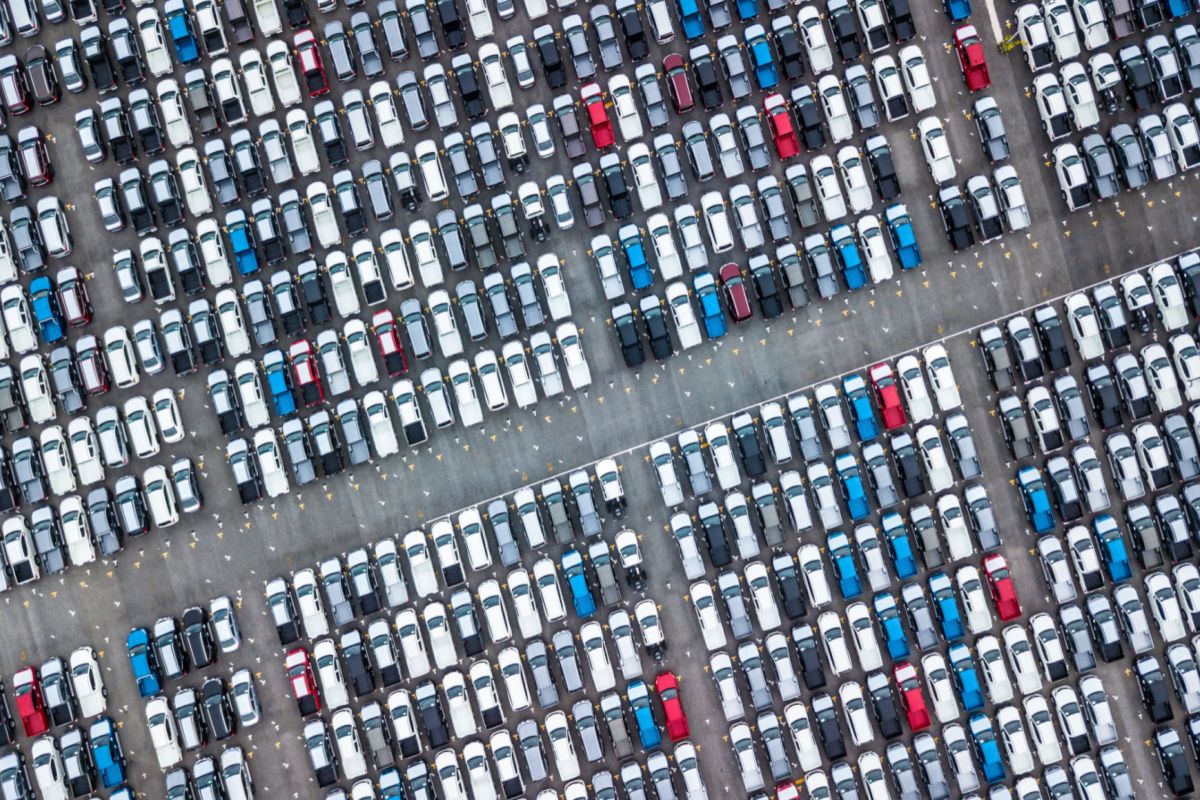This website uses cookies so that we can provide you with the best user experience possible. Cookie information is stored in your browser and performs functions such as recognising you when you return to our website and helping our team to understand which sections of the website you find most interesting and useful.
The landscape of vehicle ownership has undergone dramatic change over the past decade. Back in 2021, there were just 120,000 electric vehicles (EVs) on the roads globally. But fast forward a decade to 2021, and that number is eclipsed by the number of vehicles now sold annually in the UK alone.
In 2021, drivers gave their most significant vote of confidence yet to new EVs, purchasing 190,000 collectively—a 76% rise on 2020 figures. The pace of EV adoption looks set to rise over the next decade and beyond as improving tech and infrastructure continue to help motorists overcome their initial anxieties about vehicle range and time-to-charge. Some forecasts predict a 300% rise in EV ownership by 2030 when the sale of new petrol and diesel vehicles will be outlawed.
New Vehicles—New Sustainable Ownership Models
It isn’t just the type of cars on UK roads that is set to change beyond recognition as the UK targets net carbon-zero status by 2050. Drivers look ready for a radical re-think on whether it will still make environmental and financial sense to own vehicles outright in the post-carbon era.
According to research from insurers Chruchill Expert and Direct Line, more than 11.3 million of the UK’s 29.6 million car owners say they would consider moving to a more flexible model of accessing a car. Almost a million motorists have already made the switch. Direct Line’s data shows that 0.4 million drivers already use short-term rentals and car shares as their preferred way of accessing transport, while 0.5 million prefer monthly vehicle subscription services like ZipCar.
The rising popularity of subscription services and other non-traditional models of ownership is already having an impact on the passenger vehicle market: The number of privately-owned vehicle registrations fell for the first time by over a fifth from 1.2 million in 2015 to just 966,000 in 2019.

What’s Wrong with Traditional Vehicle Ownership?
As fuel prices undergo unprecedented volatility and the cost of living rises, it’s little wonder the prospect of full vehicle ownership is less enticing than it was even a decade ago. Shared ownership and subscription vehicles allow drivers to save by combining costs like insurance and breakdown cover into a single lump sum and access new models or try out EVs with little risk.
There are social and environmental benefits, too: Most vehicles spend 95% of their lives parked, so shared ownership could reduce this waste of resources, cutting the total number of cars on the road by up to 90% in the process and leading to greener, less congested spaces.
Future ‘Ownership’: Subscriptions, MaaS and TaaS
Dozens of subscription car providers already exist. In fact, mobility as a service (MaaS), sometimes referred to as transport as a service (TaaS), is one of the automotive industry’s fastest-growing sectors. With new players entering the market regularly, subscription schemes are expected to see consistent long-term growth as independent services like Zipcar, Wagonex, and Elmo provide a cost-effective alternative to outright ownership.
Car manufacturers are also test-driving the new MaaS model. In the US, Ford, BMW, Cadillac and Mercedes have all tried and abandoned subscription services. However, other significant players, including Jaguar Land Rover, Volvo and Hyundai, are vying for pole position for an early market share.
Car dealerships are also getting in on the act: Australian startup Loopit has developed an out-of-the-box platform to allow any dealership or rental company to offer subscription vehicles under their own brand. Loopit now powers 80% of car subscriptions and over 500 dealer franchises in Australia and recently launched a UK solution under the Mycardirect brand.
The company says the subscription vehicle market could be worth $30-40bn and account for 40% of all new car sales in the US and Europe by 2030.

Shared Ownership
In 2020, Tesla allowed owners to share their vehicles by adding drivers to their online accounts in much the same way as Netflix allows sharing of its streaming services between family and friends. The move brings Tesla a step closer to bringing Elon Musk’s much-talked-about Tesla Network to the roads, offering a tantalising glimpse into the future of shared vehicles and the potential for ordinary motorists to generate revenue from ownership. Musk has promised to prioritise the development of self-driving and ride-sharing capabilities of its future Model 3s and Model Ys to create a fleet of fully autonomous ‘robotaxis’. He said fully autonomous will combine the revenue models of Uber and Airbnb by allowing drivers to rent out their vehicles when idle.
In the future, blockchain and peer-to-peer (P2P) transactions (smart contracts) could allow owners to set their own terms for vehicle sharing whilst also allowing the secure sharing of infrastructure like private toll roads, parking and EV charge points.
Musk said he hopes production of Tesla’s robotaxis to begin production as early as 2024. This could, of course, be more of Musk’s characteristic bluster. However, a future in which we use our mobile phones to summon a driverless to take us through uncongested city streets to our destination seems inevitable. And it could be much sooner than we think.
Let Dalroad Support Your EV Project
We work with EV component leaders to help our clients develop future vehicle technology.
Talk to our team of independent engineers for project support and unsurpassed expertise on EV power, connectivity and more.
Contact us to discuss your requirements today.

